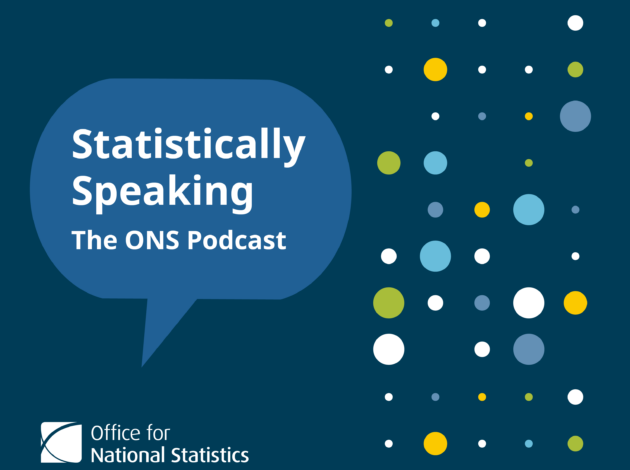Crime: Numbers, narratives and nuance

You’ve probably seen news stories sounding the alarm that crime is soaring, shoplifting is on the rise and police are struggling to keep up. But do the statistics back that up, or has crime actually been falling? In this episode of Statistically Speaking, we’re investigating how crime is measured, how often it’s misinterpreted, and why those misunderstandings matter.
In “Crime: Numbers, Narratives and Nuance” our host Miles Fletcher speaks with Nick Stripe, Joint Head of Crime Statistics at the ONS and John Rentoul, leading commentator on crime, policing, and the media, about the challenges in interpreting crime data. They explore not just what the statistics tell us, but what they can’t — and why the gap between perception and reality is so persistent.
Crime statistics are powerful tools. They help inform policy, allocate resources, and track trends over time. But they come with important caveats: reporting changes, legislative shifts, and under-reporting all complicate the picture. In recent years, improvements in reporting and data collection have made some crimes more visible, leading to apparent rises in certain categories even if the underlying prevalence hasn’t increased dramatically.
As Nick notes in the episode:
“It’s these improvements that allow politicians who want to paint a different picture to seize on certain statistics that suit their agenda.”
That’s not to diminish the value of the data — far from it. But it does demand that we approach them with caution and context.
Over the past decade, offences like shoplifting, snatch theft and online scams have become more visible in everyday life. That visibility, especially when amplified through media coverage, can shape public perception disproportionately. A spike in high-profile retail thefts in town centres can feel much more alarming than a gradual long-term decline in property crime overall, for example.
In the podcast, one reflection from John got to the heart of it:
“It is always going to be an uphill battle on something like crime, where public perceptions are very deeply entrenched, very passionately felt, and immune to facts of this kind. But you’ve got to find some way of acknowledging people’s fears before you try to get the actual information across.”
The ONS sees communication as part of its mission. That means being transparent about limitations and introducing new methods to stay ahead of evolving crimes. In the episode, you’ll hear more about how the Crime Survey for England and Wales is adapting.
By fostering deeper public understanding, the goal isn’t simply to push back on misinterpretation, it’s to equip everyone – journalists, policymakers, citizens – with the knowledge to interrogate data responsibly.